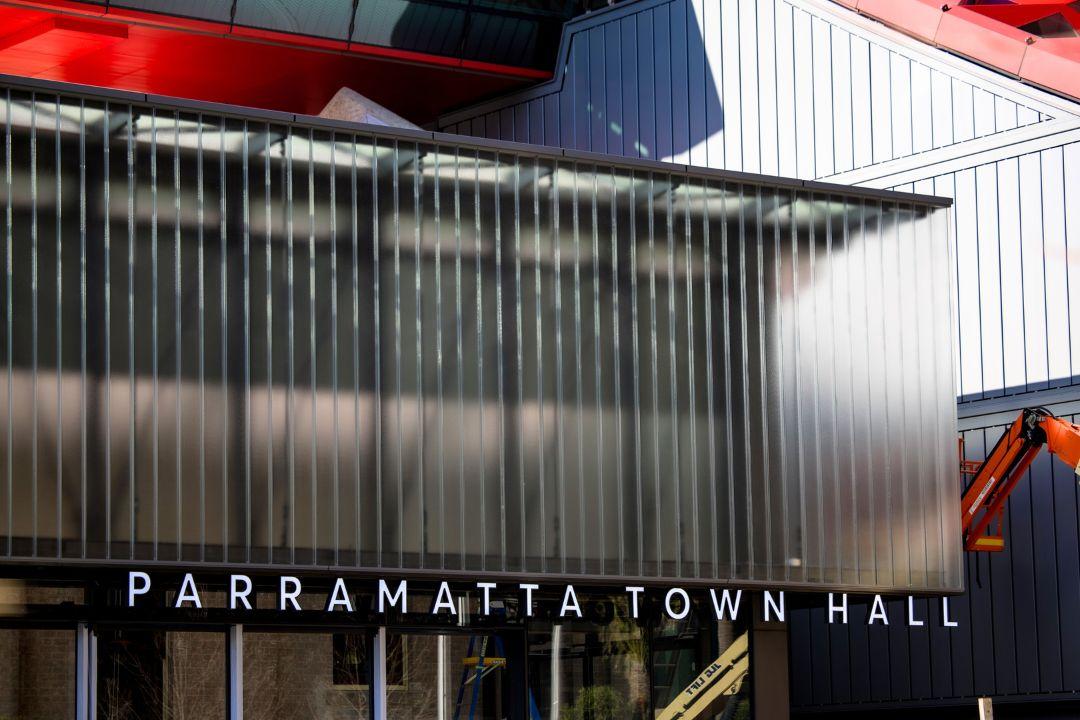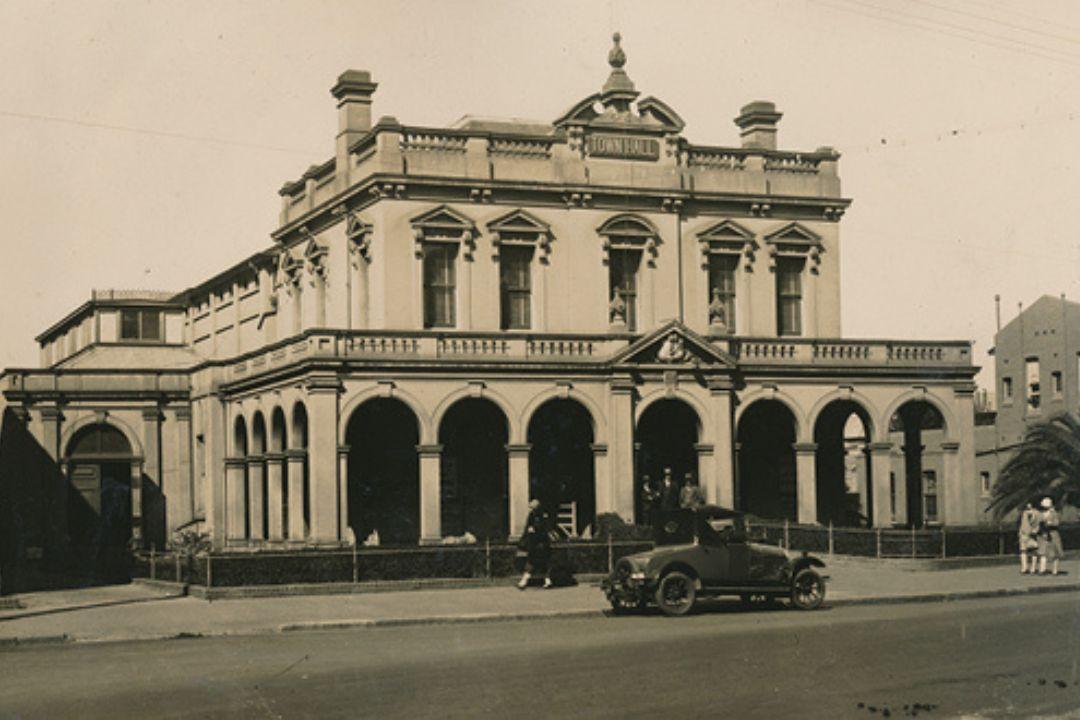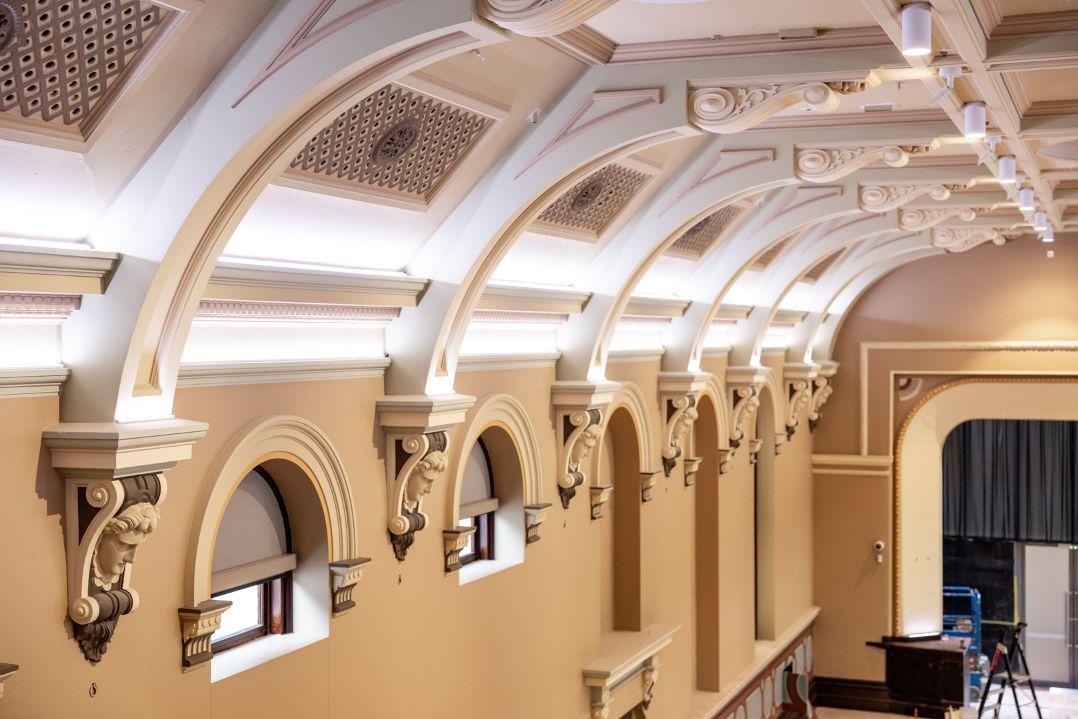Parramatta Town Hall
Steeped in history and proudly marking the entrance to Parramatta Square, the newly upgraded Parramatta Town Hall houses an inspiring collection of heritage and contemporary event spaces.
A New Chapter
A transformation has taken place within the heart of Sydney’s central river city and burgeoning Parramatta CBD.
Parramatta Town Hall has undergone a recent upgrade, with the City of Parramatta carefully overseeing the adaptive reuse of the iconic building’s unique architectural charm and beauty, whilst adding contemporary touches that offer an air of modern comfort for this landmark venue.
With the reopening of this new premium venue space comes a landmark opportunity to be a part of its rich legacy, having served as a key community gathering space since 1883. A history set to be continued.
It is now possible to visualise your next gala event, exhibition, workshop or function in the magnificent Great Hall, in one of the three more intimate heritage rooms, or the newly-built glass atrium awash with natural light overlooking Parramatta Square.
Seamlessly blending heritage architecture with contemporary design, the integration between Parramatta Town Hall and PHIVE offers further opportunities to connect the community and embrace a new and exciting phase in the city’s transformation.

Connected to Parramatta's History
Parramatta Town Hall is a living testament to Parramatta’s history, demonstrating longevity and prominent social and civic significance. Throughout its history, Parramatta Town Hall has played host to a multitude of exciting events including plays, civic receptions, flag-raising ceremonies, bridal expos, and festival performances.

Architecture and Design
Parramatta Town Hall is an architectural marvel and a chronicle of the area's transformation. This ‘Victorian Free Classical’ beauty, designed by Mansfield Brothers in the late 1880s combines an eye-catching mix of various European architectural styles, and today, seamlessly blends the original architecture with contemporary touches that make hosting an event a delight.




